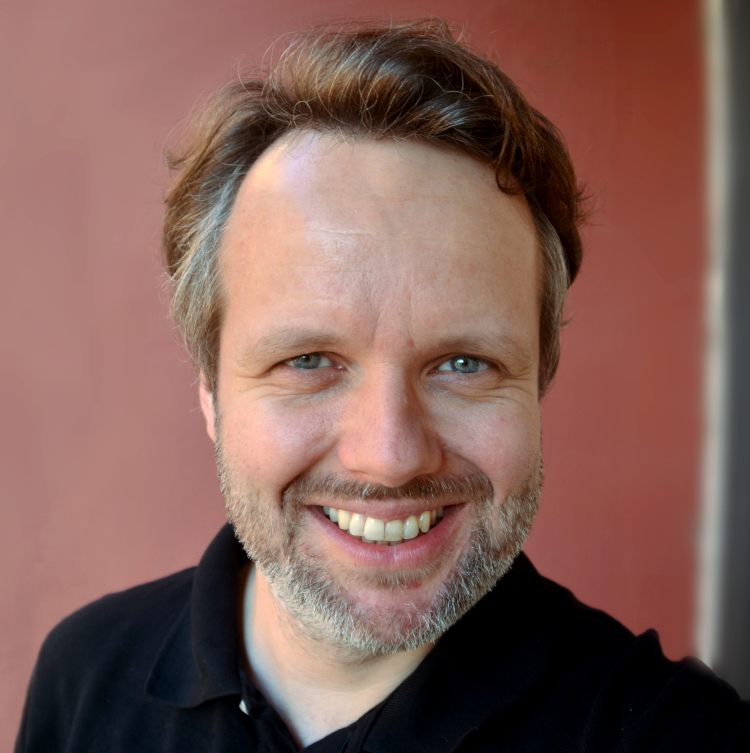Arjen Boender
Principal Investigator
Ikerbasque Research Fellow

Research groups:
Contact
Correo electrónico:Arjen.Boender@achucarro.org
Science Park of the UPV/EHU
Sede Building, 3rd floor, Barrio Sarriena, s/n
E-48940 Leioa Spain
About me
Latest publications
-
CRISPR-mediated knockdown of oxytocin receptor in extended amygdala reduces stress-induced social avoidance in female California mice
Hormones and Behavior (Nov, 2025) DOI: 10.1016/j.yhbeh.2025.105845 -
Not just for bonding: Nucleus accumbens oxytocin receptors facilitate huddling with strangers and feeding in male spiny mice
Psychoneuroendocrinology (Aug, 2025) DOI: 10.1016/j.psyneuen.2025.107496

